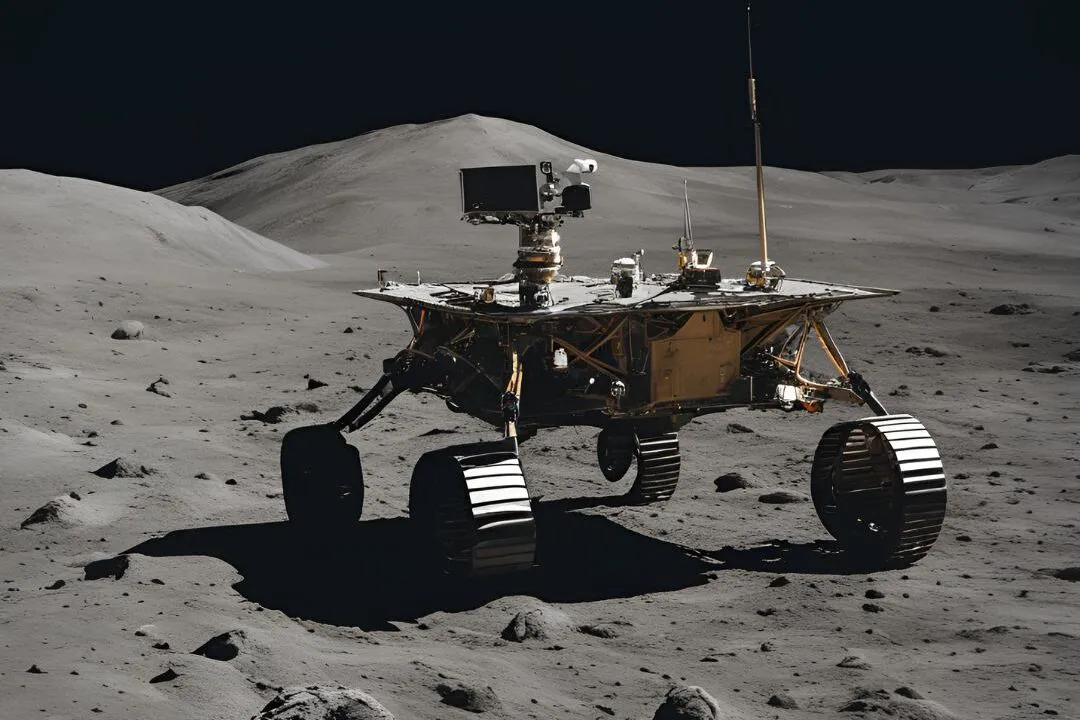| Summary |
|
India is continuing to expand its space exploration capabilities with the approval of the Chandrayaan-4 mission. The Indian Space Research Organization (ISRO) has made significant progress, from Chandrayaan-3′s historic landing on the moon’s south pole to Gaganyaan, India’s first human spaceflight mission.
Chandrayaan-4 is expected to further strengthen India’s economy, scientific research, and career opportunities in space technology.
The mission also paves the way for international collaborations. ISRO recently partnered with NASA to send Indian astronaut Shubhanshu Shukla to the International Space Station and with the European Space Agency for the Proba 3 mission.
According to the Press Information Bureau (PIB), the union cabinet, chaired by Prime Minister Narendra Modi, approved the Chandrayaan-4 mission on September 18. The mission has a budget of Rs. 2,104.06 crore, covering spacecraft development, two LVM3 launch missions, external deep space network support, and special testing.
Chandrayaan-4 will serve as a foundational mission for India’s planned human moon landing by 2040. Objectives include testing docking and undocking procedures, landing, and safely returning to Earth with lunar samples.
The Indian government has also outlined future goals, including an Indian space station by 2035 and sending an astronaut to the moon by 2040. These milestones highlight India’s rapidly growing technological and space exploration capabilities, setting the stage for further achievements in the global space arena.

